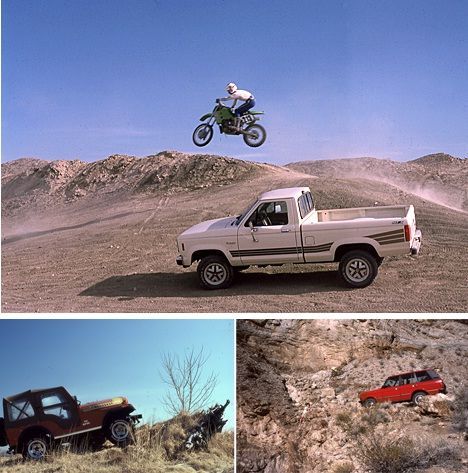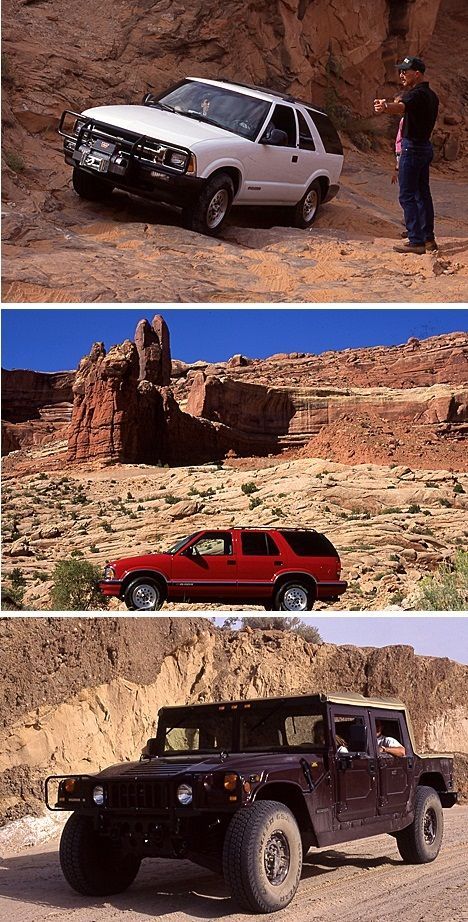- Revenue Cycle Management
- COVID-19
- Reimbursement
- Diabetes Awareness Month
- Risk Management
- Patient Retention
- Staffing
- Medical Economics® 100th Anniversary
- Coding and documentation
- Business of Endocrinology
- Telehealth
- Physicians Financial News
- Cybersecurity
- Cardiovascular Clinical Consult
- Locum Tenens, brought to you by LocumLife®
- Weight Management
- Business of Women's Health
- Practice Efficiency
- Finance and Wealth
- EHRs
- Remote Patient Monitoring
- Sponsored Webinars
- Medical Technology
- Billing and collections
- Acute Pain Management
- Exclusive Content
- Value-based Care
- Business of Pediatrics
- Concierge Medicine 2.0 by Castle Connolly Private Health Partners
- Practice Growth
- Concierge Medicine
- Business of Cardiology
- Implementing the Topcon Ocular Telehealth Platform
- Malpractice
- Influenza
- Sexual Health
- Chronic Conditions
- Technology
- Legal and Policy
- Money
- Opinion
- Vaccines
- Practice Management
- Patient Relations
- Careers
Back to Driving School, Willingly: Oops!
Off-roading lessons could make you a better driver, teaching you how to drive down a littered road and proper driving techniques.
Photography by the author
I’ve driven Chevrolet Blazers in Moab, Utah; Hummers and trucks in the Anza Borego Desert (where my son, Michael, photographed his friend on a motor bike); a Jeep in some remote part of New Hampshire; and a Range Rover in Death Valley where my son and I eventually ran out of road. But I never knew how little I knew about off-roading until I came to Manchester, Vt.

The sign in the window of the Equinox Resort Land Rover School says: “The Best 4X4 School X Far!” The school, the first 4WD driving school in the United States, opened in April 1997 at Vermont’s historic Equinox resort and, with its 10 to 15 full-time and part-time instructors, puts about 2,000 4WD enthusiasts and beginners a year through its programs.
Schooling runs from introductory lessons on the driver training course to trail rides on logging roads and private trails.
“A whole new world opens up when you see the full potential of the lifestyle we’ve introduced you to,” one instructor says.
It is a whole new world. I never knew, for example, what was the best way to work your way along a fairly level, broken trail scattered with fallen logs, big rocks and full of deep potholes. It is to get in low first gear, depress the brake hard with the left foot, bring revs up to about 1,000 RPM with your right foot and make progress by releasing only enough brake pressure to allow a slow advance.
Indeed slow is the name of the game. A common misconception novice 4WD drivers have is that they manage obstacles and get to the top by slamming the vehicle into gear and flooring it.
But off-roading is more about control than speed. The faster you go the more you bounce, the less traction you have, the more wear you get and the less control you enjoy. Going fast is a mistake. In off-roading you have to leave your ego at home.
“If you drive a lot you are going to get stuck,” our instructor says. “Reversing is not a disgrace.”
A typical half day of training sees the students driving into the 80 acres the school owns in western Vermont.
“We teach the expedition style of driving: getting from Point A to Point B and still having a vehicle left over at the end of the day,” says the instructor. “There’s a fine line between using and abusing a vehicle. You must know your clearance and what side the differential is on. The lowest point is always the rear differential. Significant damage to that is always a walk-home injury.”

His advice so you don’t have to walk home: If you are not familiar with the trail, walk the parts first that look like a problem.
Drive with two feet, the left foot for the brake, because braking, when appropriate, helps stiffen the car. That helps keeping all wheels on the ground — if you are bouncing a lot you lose momentum and traction.
Adjust your side mirrors so they look down at the rear. That way you can see the bottom of the rear bumper and the top of the wheels and where they are in relation to obstacles.
Go as slow as possible, as fast as necessary.
up
down
Understand gear selection in Lo. You should be in third gear going slopes because the transmission will be able to change from third to first according to your needs at any moment. You should be in first gear going . In practice this means that as you crest a ridge in third, you change into first as the nose starts to fall away. You have your left foot firmly on the brake, which you release as the bottom of the dip comes into view. You then use engine power to hold you as you descend in first gear.
Understand braking. Going downhill, too much braking can lock the wheels and promote sliding. Then you have to come off the brakes to regain control. Sliding sideways adds momentum to the vehicle and makes a rollover just possible. Land Rovers may not roll over until they are side tilted more than 45 degrees, but those are factory figures obtained under ideal conditions. The terrain, the number of passengers and presence of a loaded roof rack can all give worse figures.
And understand steering. First, steer with your thumbs outside the spokes of the wheel not inside. If you don’t, a spinning wheel could break your bones. Second, steer with a “push-pull” on the wheel (feeding the wheel from one hand into the other). Never cross your wrists because, if you do, an accident might break them. Third, realize that deeply rutted roads can trap you in the ruts so you may be turning irrespective of your wheel position; so try to keep your wheels straight — if you don’t, you turn your car into a plough. In ruts you can be as much as a full turn out to the right or left without realizing it.
Straddle the trail. In general, says Land Rover, off-roaders have a bias to drive too close to the right of the trail, the opposite of what they should do. As a result the most common damage to an off-roader is to the right rear quarter.
“If the track is six feet wide and the car five feet, people tend to drive with 11 inches on the left, the driver’s side, and only one inch on the right,” the instructor says. “They just feel more secure seeing more on the driver’s side as if it’s all part of the same self-preservation instinct that makes drivers swing to the left in highway crashes to put more car between them and the obstacle.”
He is not exaggerating: “Get over to the left and straighten your wheels” are the commands still ringing in students’ ears when they finish their trail rides.
And what have they learned? That initially the vehicle may be more capable than the driver — as if everything will work out if only the user doesn’t get in the way. That off-road vehicles are extraordinarily versatile. That what trained owners can do at the weekend — like climbing a mountain — can sustain them for the week, and last until the next weekend.
Part 1 | Part 2 | Part 3 | Part 4
The Man Who Cried Orange: Stories from a Doctor’s Life.
The Andersons, who live in San Diego, are the resident travel & cruise columnists for Physician’s Money Digest. Nancy is a former nursing educator, Eric a retired MD. The one-time president of the NH Academy of Family Practice, Eric is the only physician in the Society of American Travel Writers. He is a long time member of the Motor Press Guild, the largest automotive media association in North America. He has also written five books, the last called
